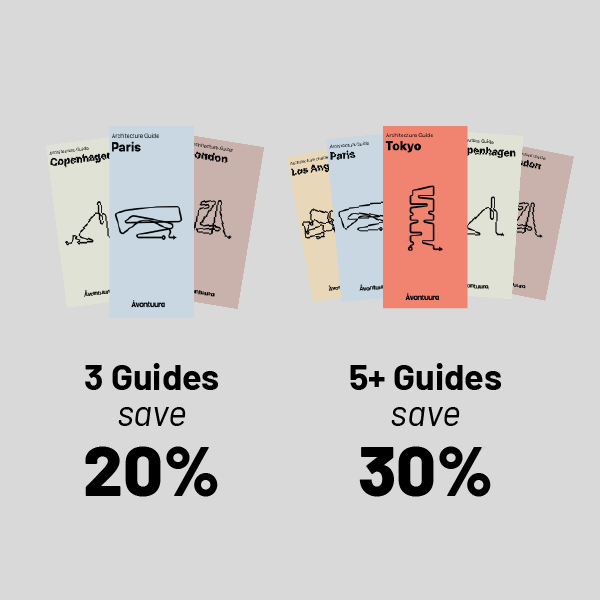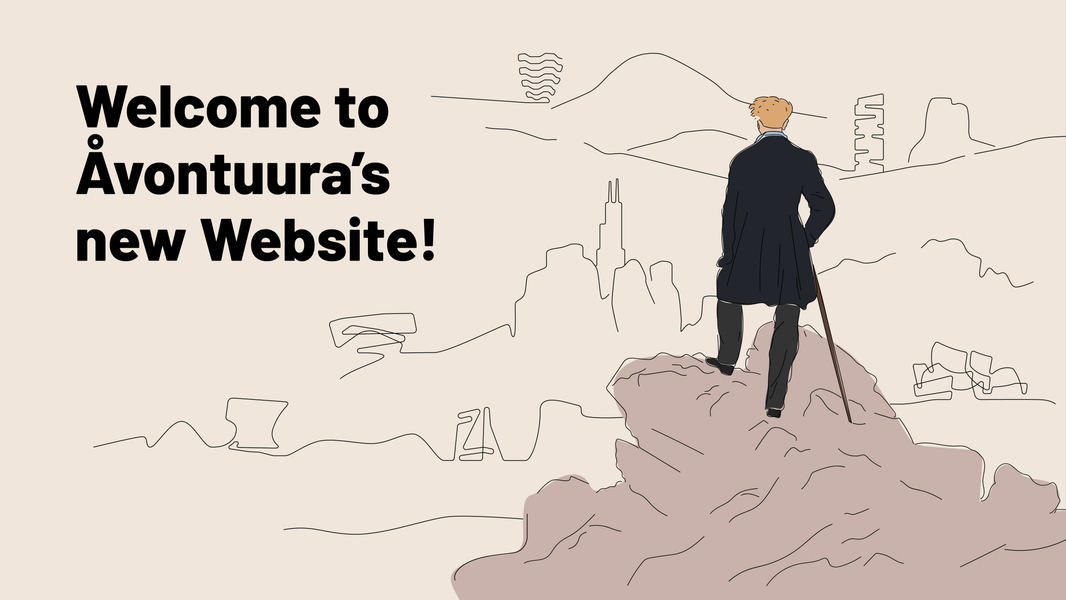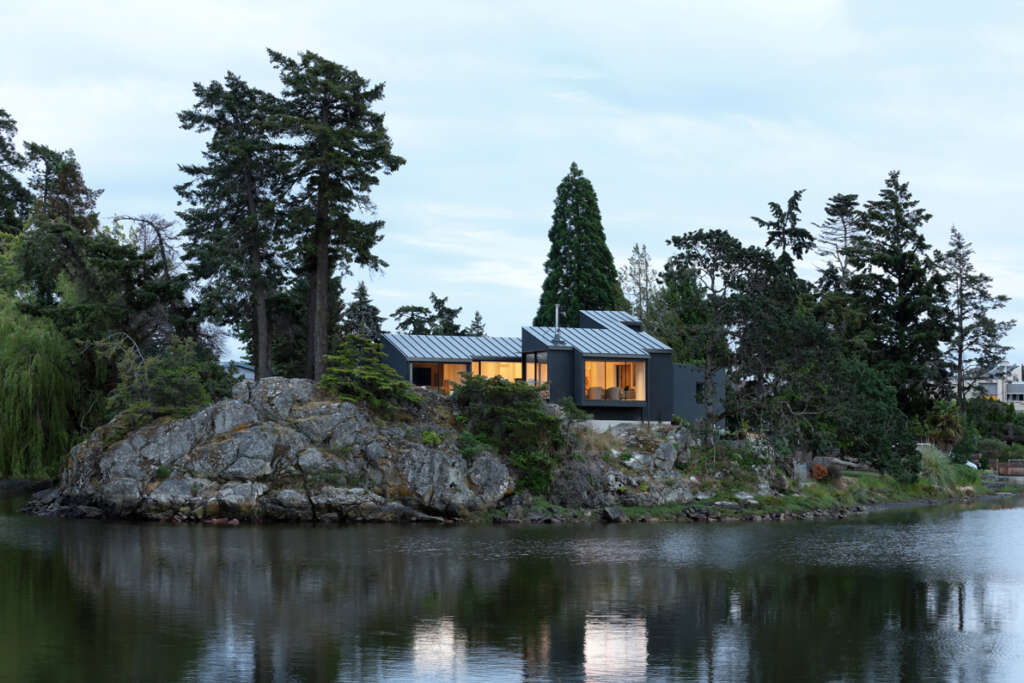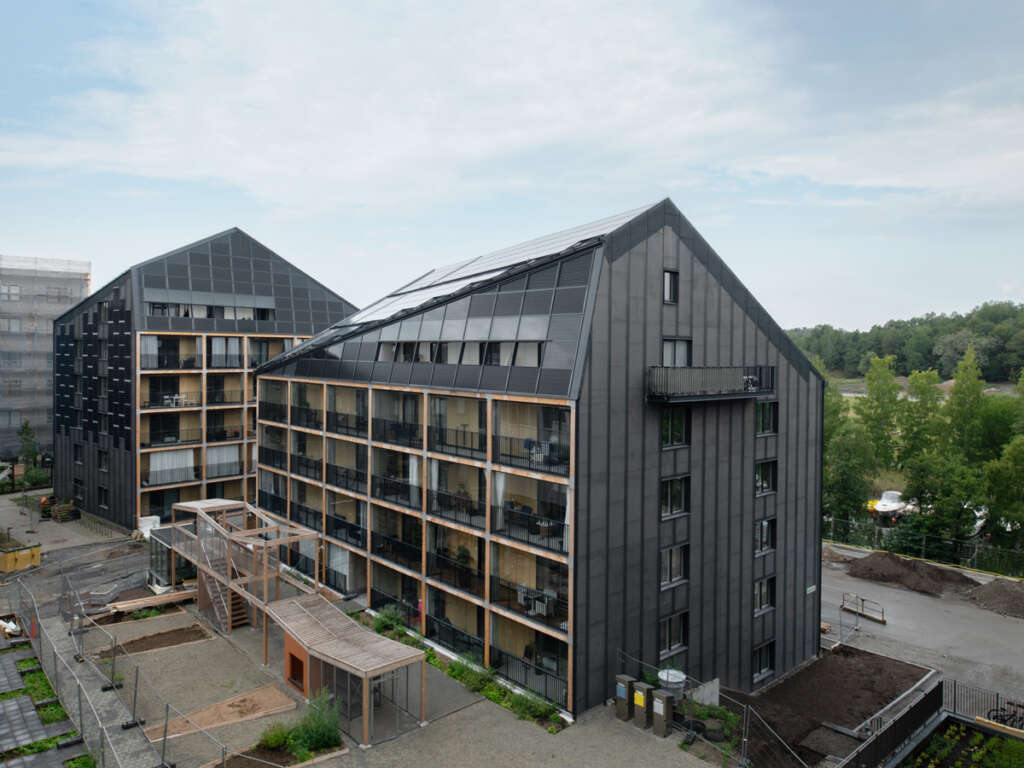
The Window in Valley, The Cloud on Trees, Public Restroom of Nanjing Sifang Art Lake District
Architect: WUWU Atelier, Institute of Architecture Design and Planning Co., Ltd, Nanjing University
Location: Nanjing, China
Type: Public Restroom
Year: 2025
Photographs: Hou Bowen, Pan Youjian
The following description is courtesy of the architects. The buildings are either hidden in the valleys or perches lightly among the pines, adopting a humble stance that responds to the site while framing new perspectives between people and the nature. Through deliberate construction methods, formless concrete responds to formless nature, it engages the senses, heightening awareness of body, nature, and time.
The Sifang Art District in Nanjing represents a significant event in Chinese architectural design. In August 2003, the China International Practical Exhibition of Architecture (CIPEA) was launched by the Fosho Lake in Pukou, Nanjing, marking the first time in China that physical buildings were showcased as exhibits. This grand event of contemporary architectural art gathered 24 master architects active on the global architectural stage, including five current Pritzker Prize winners.
Facing such an eminent setting, we sought to minimize the restroom's visual presence. while maintaining an appropriate distance from the existing buildings to heighten the site's woodland scenery.





Background
The Sifang Art District in Nanjing represents a significant event in Chinese architectural design. In August 2003, the China International Practical Exhibition of Architecture (CIPEA) was launched by the Fosho Lake in Pukou, Nanjing, marking the first time in China that physical buildings were showcased as exhibits. This grand event of contemporary architectural art gathered 24 master architects active on the global architectural stage, including five current Pritzker Prize winners.
Facing such an eminent setting, we sought to minimize the restroom's visual presence, while maintaining an appropriate distance from the existing buildings to heighten the site's woodland scenery.
The design process started at the fundamental level of construction techniques. We intentionally endowed the exposed concrete - the park's most extensively used material - with organic textures to strengthen its dialogue with nature.
I believe we were natural beings first, and then social beings. We easily empathize with primitive or nearly primitive civilizations. They are rustic, abstract, and full of contrasts: natural versus artificial, primitive versus geometric. They juxtapose humanity's natural and social attributes, creating dramatic tension and stimulating people's perception in space.






The Cloud on Trees
Nestled in the pine grove beside the parking lot, the structure sits on a gently sloping terrain with a 2-3 meter elevation difference from the pavement. Irregular concrete panels with natural textures float like clouds among the pines, supported by columns matching the trees' diameter to harmonize with the surroundings. The elevated restroom offers visitors an unusual perspective—gazing directly at the treetops.
An open rest space is designed in the middle of the plan, facing the deep forest, leaving a space for dialogue between the building and the forest. A preserved pine tree passes through the building, narrating the story of the site and allowing a touch of rainwater to drift in.
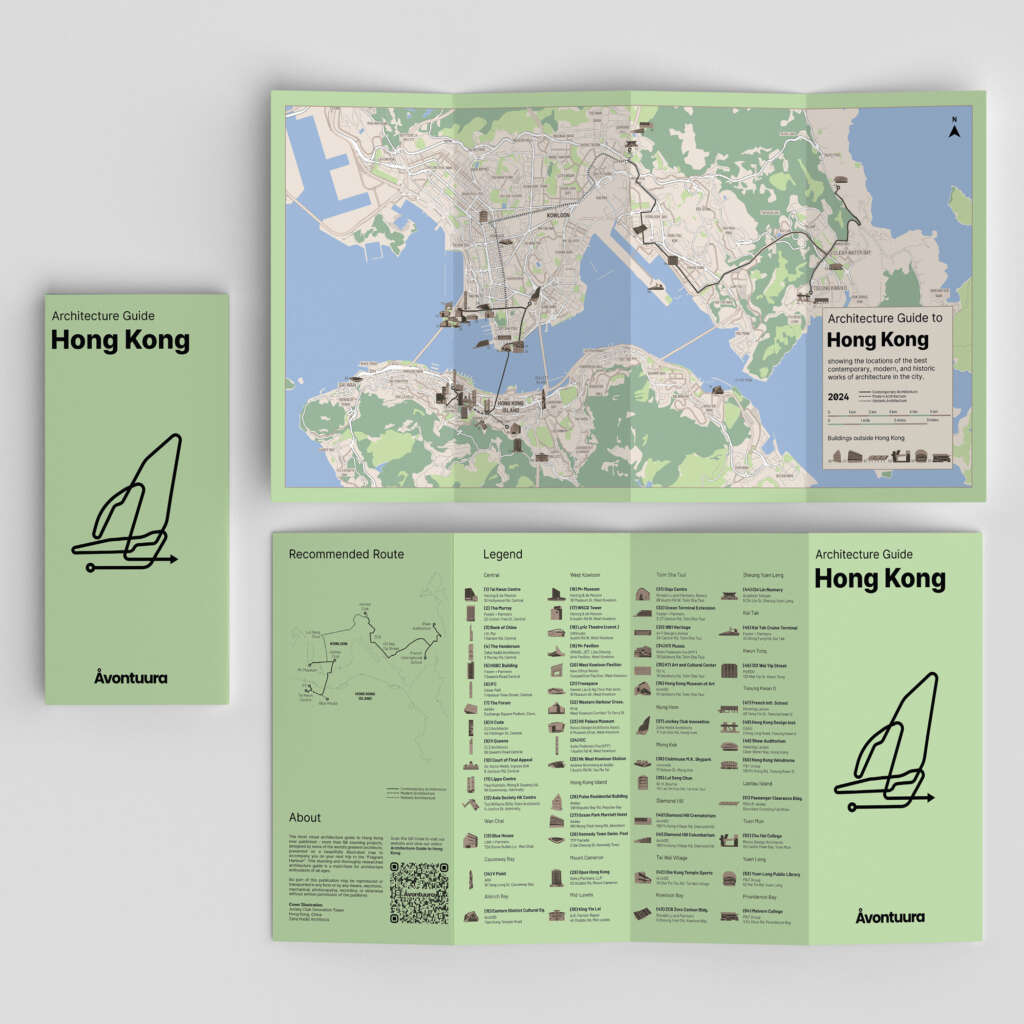
Architecture Guide to Hong Kong
Explore all our guides at avontuura.com/shop
All restroom stalls feature floor-to-ceiling windows facing the grove, immersing users in the forest as if answering nature's call amidst the woods. Equipped with privacy-preserving electric frosted glass, the design offers both the bold and the shy the freedom to choose.
The elevated structure allows the sloping terrain beneath to remain continuous, enabling plants and insects to pass through freely. Approach the dense forest with a low intervention posture to enhance the characteristics of the site.






The Window in Valley
It is located in a valley along the circular road of the park, with an elevation difference of about three meters from the road, which is exactly the height of a one story building. From the roadside, it nearly disappears. Only the stair entrance and an accessibility elevator stand on the rooftop, hinting at its presence.
The narrow staircase is a passage from nature to architecture, from openness to confinement, and also serves as a prelude and spatial transformation for the reappearance of nature. When nature unfolds once more, it is framed and emphasized by irregular long windows, like slender eyes, providing an opportunity to gaze at the valley and giving meaning to the site.
The ceiling and walls exhibit a naturally random texture, resembling an underground cave that peers into the valley. The raw, organic concrete surfaces create a striking contrast with the smooth walls and floors, while artificial and natural, flat and wrinkled, an attempt to evoke the senses and deliver a distinct bodily experience.
The circular skylight adds an unexpected sense of ritual to using the restroom. While ensuring privacy, it also brings natural light into the underground restroom, offering a glimpse of the sky above.
The building is embedded between the two sloping sides of the land, with the slopes extending into the interior, creating an interlocking gesture with the earth. From the roadside, the public restroom appears ambiguous in form, only when one circles to the other side does a clear image unfold. The window of the building is like a crack, peering into the lush green valley.




Construction
Once the original natural factors are integrated into a space, their original natural attributes transform in their encounter with humans, revealing their architectural significance in this new context.
Concrete is an honest material, faithfully mirroring the form of its molds. Our construction process began with model-making: using PVC foam boards as the base, clay for shaping, and plastic film as the surface to sculpt the undulating texture of the concrete. The actual build followed the same logic, though the weight of concrete and the constraints of rebar bending tempered the folds' intensity compared to the model.
We attempt to give exposed concrete a relatively free form and texture, but the final result cannot be precisely set and can only be shaped according to the situation. Formless concrete responds to formless nature, allowing uncertainty is also a rich and positive expression.





Project Details
- Project name: The Window in Valley, The Cloud on Trees, Public Restroom of Nanjing Sifang Art Lake District
- Project type: Infrastructure
- Client: Nanjing Foshou Lake Architectural Art Development Co., Ltd.
-
Design firm: WUWU Atelier, Institute of Architecture Design and Planning Co., Ltd, Nanjing University
- Lead architects: Pan Youjian, Wan Junjie
- Design team: Architecture: Pan Youjian, Zhang Yuyan, Qiao Menghuan, Li Chonghao, Zhu Tuhao (Intern), Hong Ruisheng (Intern); Structure: Tang Rongguang, Xie Hong’en, Yang Hao, Lu Dongyan, Yan Xinyan.
- Plumbing & Drainage: Wu Fenghuan, Zhang Ya; Electrical: Wang Liming; HVAC: Wang Qian; Smart
- Systems: Ma Yong
- Design period: March 2021 – March 2023
- Completion year: August 2024
- Construction: Nanjing Xingyuan Construction Engineering Co., Ltd.
- Photography: Hou Bowen, Pan Youjian
